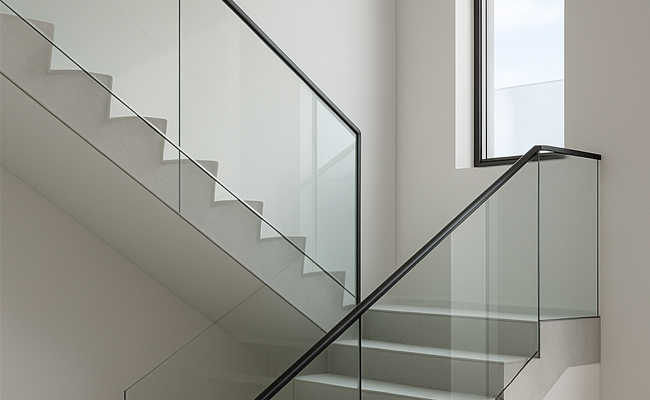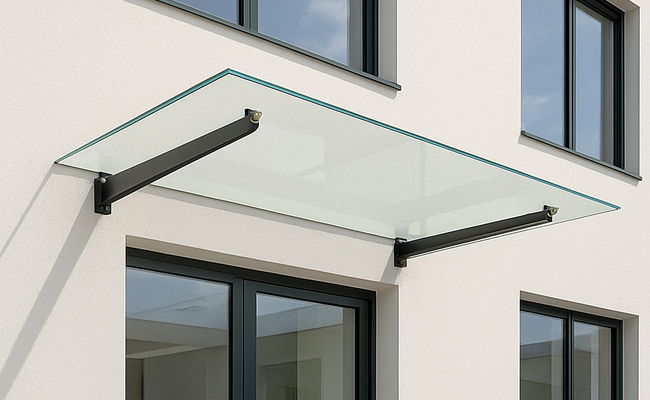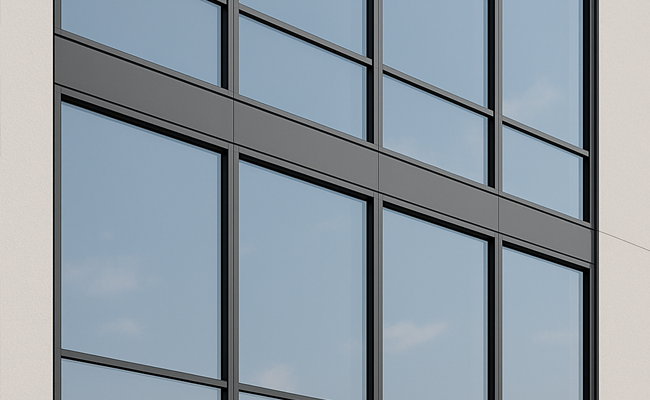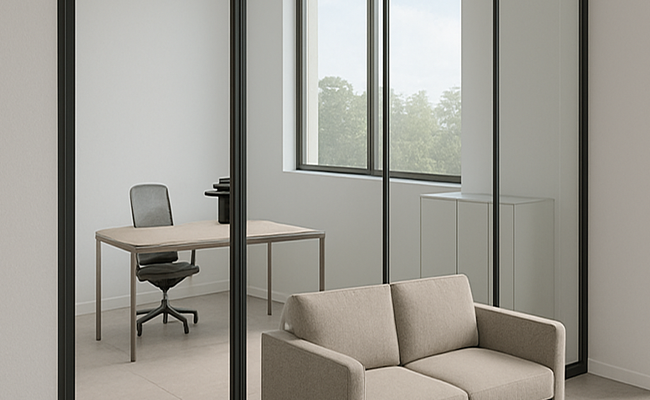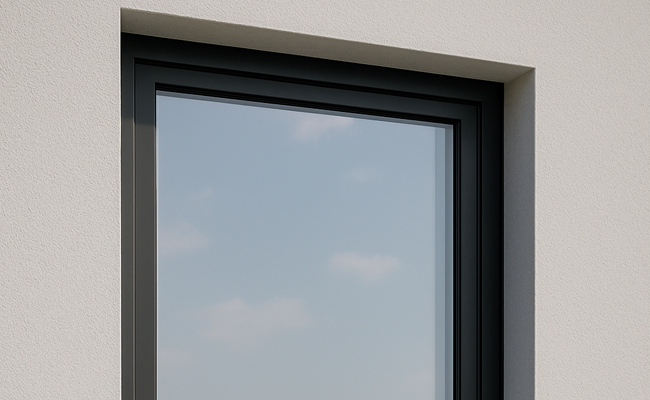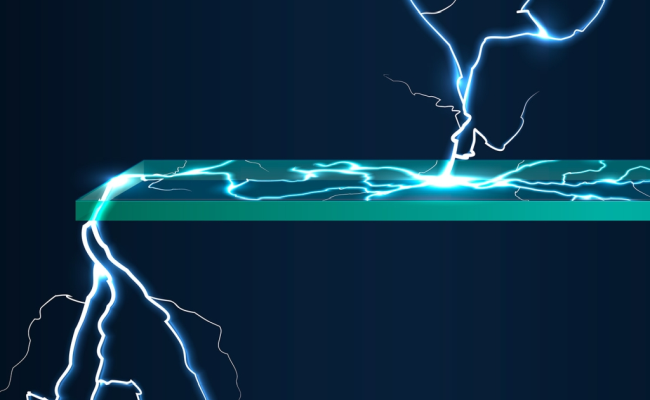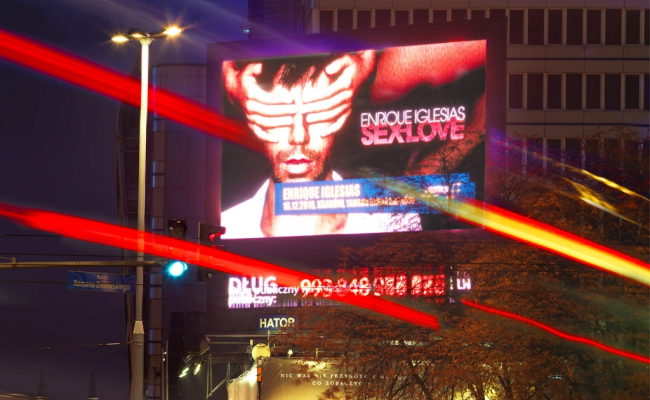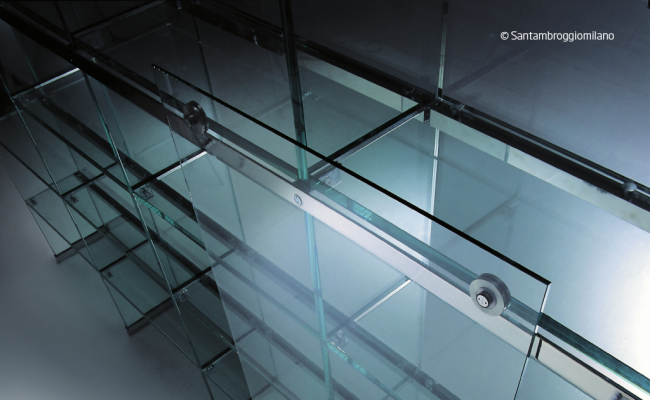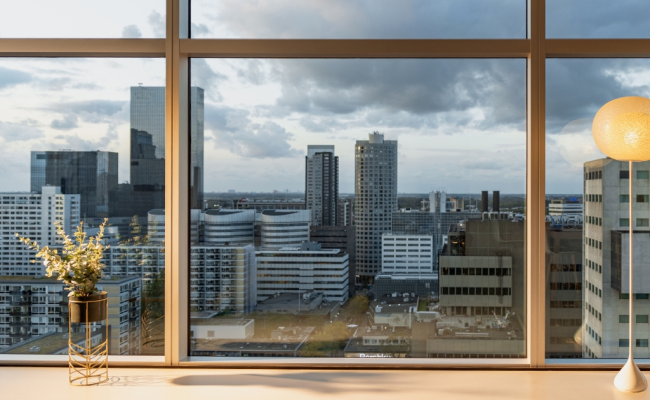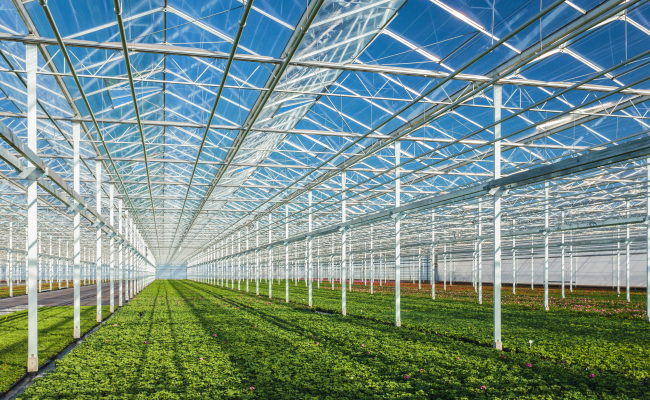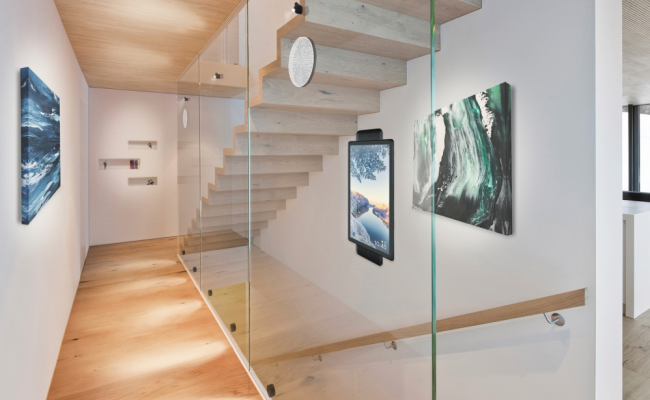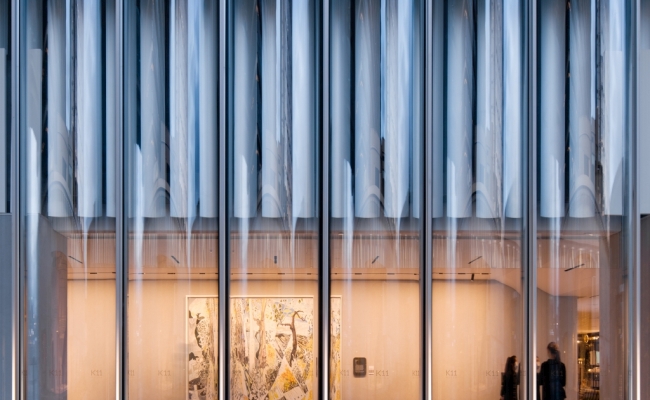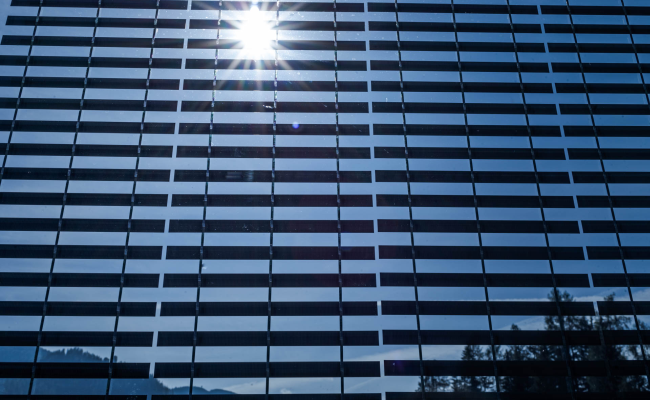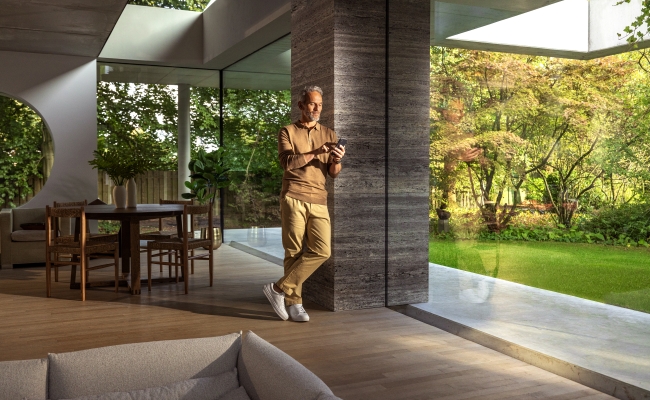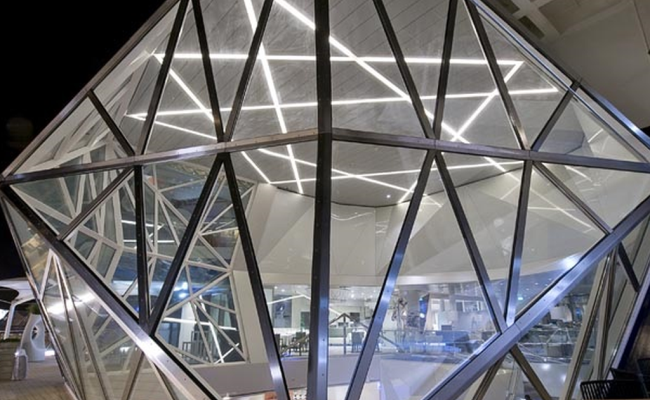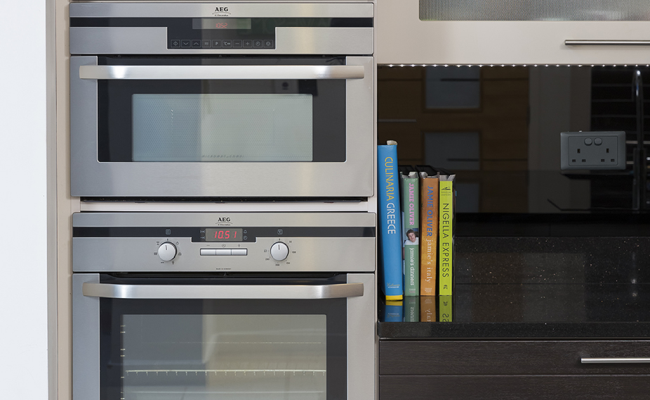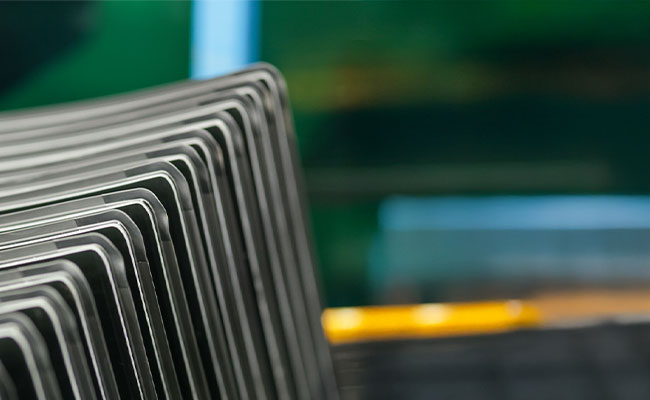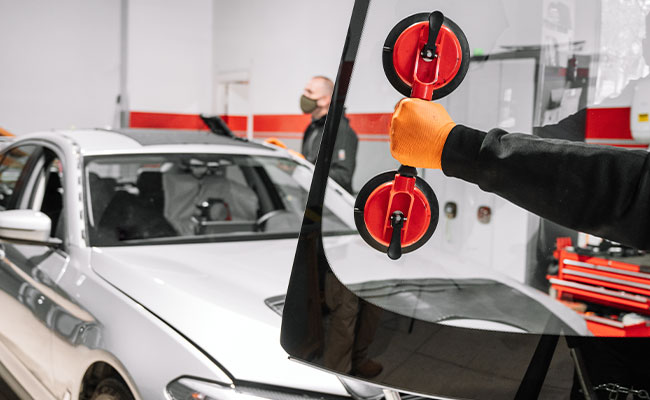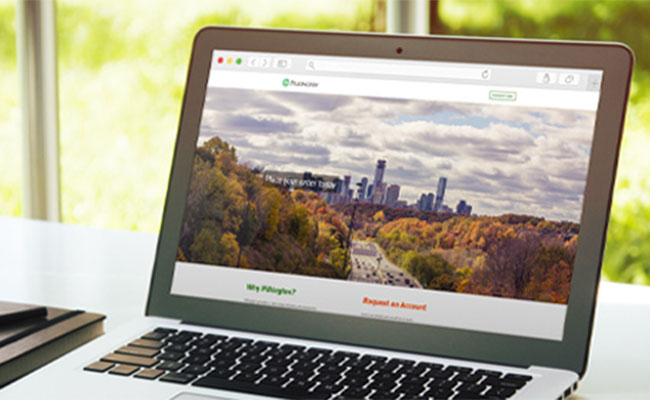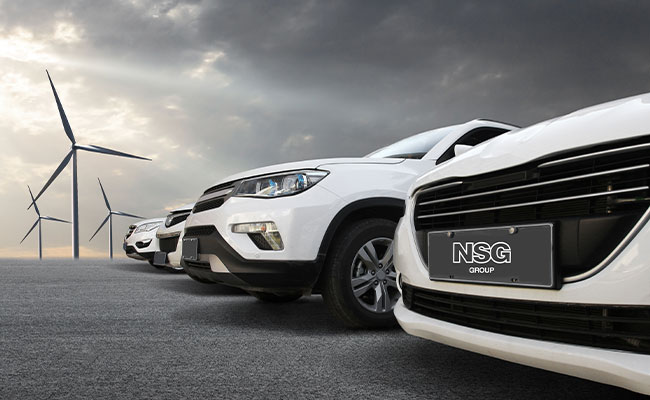Solar Control FAQs
Below you will find the most frequently asked questions about sun protection and solar control glass.
This is the proportion of the suns solar radiation that passes straight through the glass.
This is the proportion of the suns solar radiation that is reflected of the surface of the glass.
This is the solar radiation that is absorbed by the glass causing it to heat up. This heat is then reradiated both to the outside and to the interior of the building.
This is the total amount of solar radiant heat that enters the building by direct transmission and reradiation from the heat absorbed by the glass.
The amount of direct solar heat transmission is compared with that of a standard piece of glass just under 4 mm thick to give a coefficient. Take the solar radiant heat direct transmittance and divide by 0.87 to get the short wave shading coefficient.
The amount of heat reradiated from the glass to the interior is compared with that of a standard piece of glass just under 4 mm thick to give the coefficient. Take the absorptance and divide by 0.87 to get the long wave shading coefficient.
The amount of heat entering the building in total from solar sources compared with that of a standard piece of glass just under 4 mm thick. You can also take the total solar heat transmission and divide by 0.87 to get the result or add the short wave and long wave shading coefficients together.
It has little effect and is so small it often does not show up in the performance figures due to the limit on the number of decimal places quoted. For practical purposes it can generally be ignored.
Different coatings on glass and degree of body tint changes the light transmission. Thinner glass has better light transmission than thicker substances of the same kind. High light transmission glass with a lower iron content also improves light levels. e.g. Pilkington Optiwhite™.
The coatings can be selective on the wavelengths of solar radiation (light and heat) that they transmit and reflect. Coatings tend to be reflective but not necessarily in the visible part of the spectrum.
Yes. Pilkington Activ™ is available on blue glass and with most of Pilkington Suncool™ products i.e. dual coated.
Describe both panes using our trade names and how far they are separated and if any special gases should be used. Those subscribing to the NBS website can use their services.
Tinting the glass is only one method of achieving solar control. Pilkington Optifloat™ Tints tend to reduce the light transmission with the solar control. Another option is to use Pilkington Suncool™ coated products and the Pilkington Eclipse Advantage™ range.
Reflection is measured in two ways, visible reflection and the solar reflection. Glass that is solar reflective does not have to be visually reflective. Check the two columns for reflection properties in our literature.
Air conditioning has to control the solar load on the building as well as all the heat generated internally. By reducing the solar gain with solar control glass the air conditioning plant can be smaller and cheaper to run. The savings more than offset the additional cost of solar control glass.
There is a range of colours and degrees of reflectivity. Solar control glass can even look similar to uncoated glass with a neutral look.
Contact Us
If you feel your question hasn't been answered, please don't hesitate to contact us by filling out the form on the page below:
